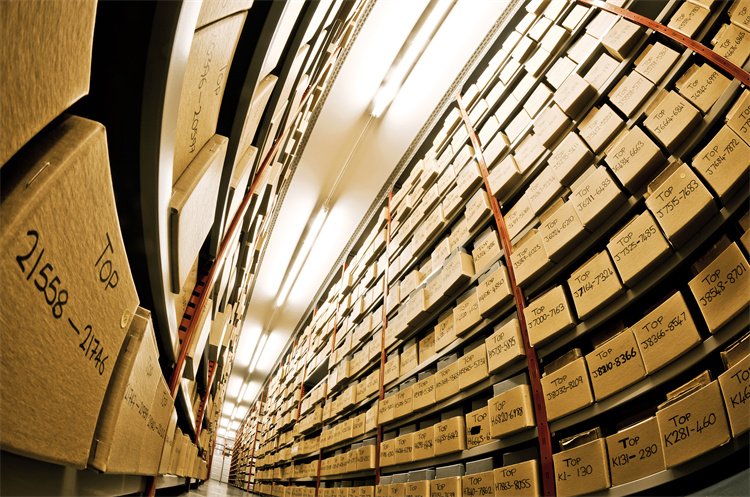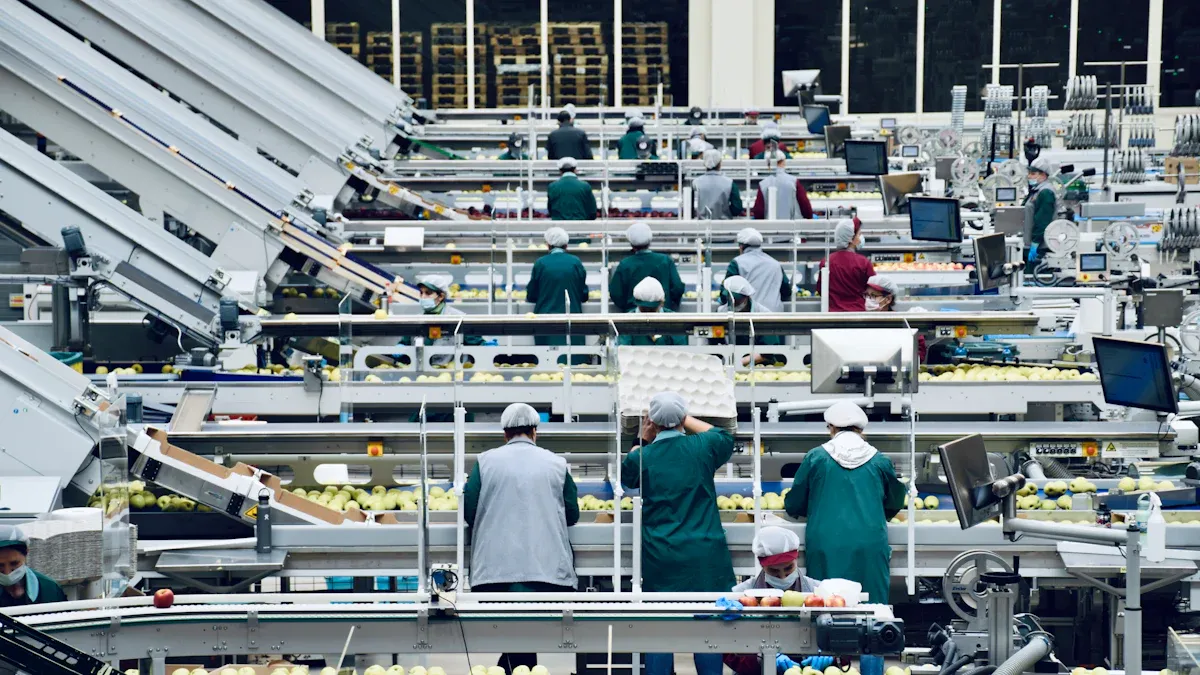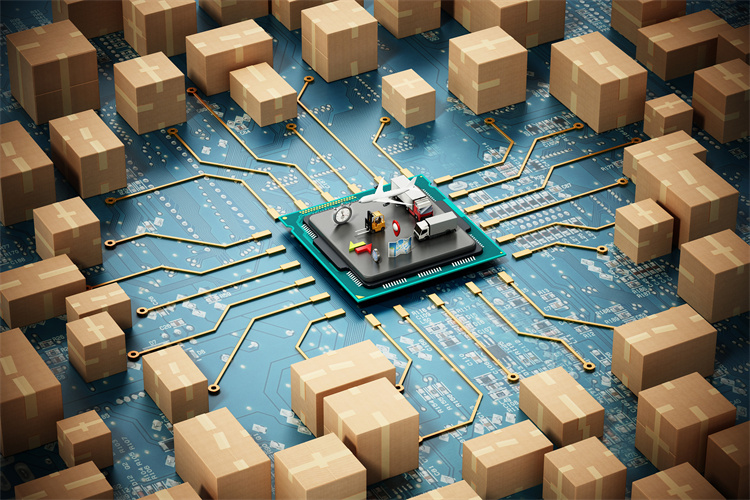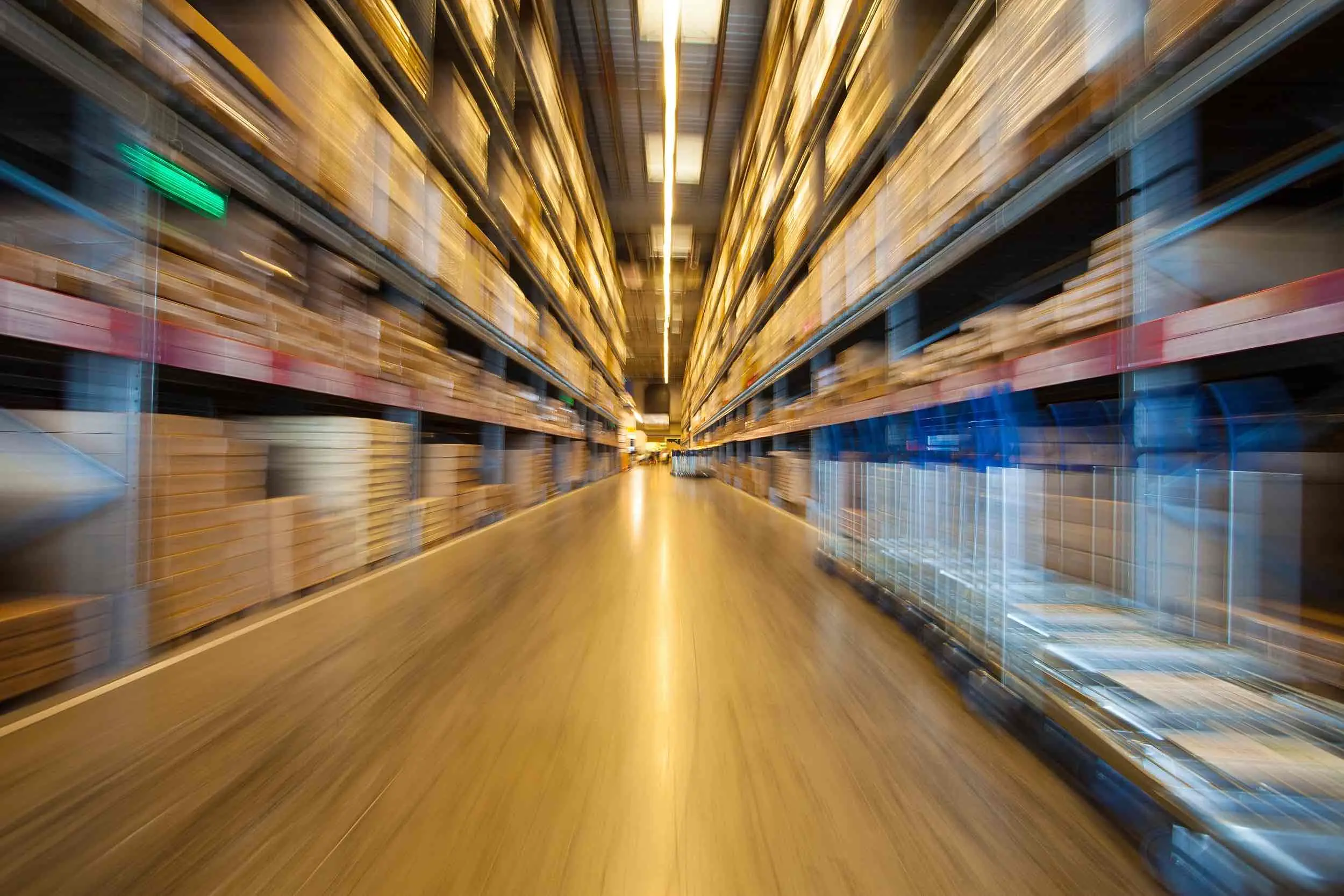Key Digital Shifts Driving the Future of Logistics Services

Logistics service providers must use digital tools soon. The logistics industry is changing fast as we move toward 2025. Companies are making big changes. About 58% spend money on real-time tracking. Around 84% want to use AI soon.
Important logistics trends include automation, route optimization, and blockchain. These changes decide how companies compete. They also help businesses stay strong in a fast-moving world.
Key Takeaways
Digital tools like AI, automation, and real-time tracking help logistics companies move faster. They also help save money. These tools make customer service better.
Important trends for 2025 include smart warehousing. Blockchain helps keep things safe. Urban microhubs make deliveries faster and better for the environment.
Logistics companies should buy new technology. They should support teamwork. They need to stay flexible to do well in a changing world.
Digital Transformation in Logistics Service

Digital transformation is changing logistics service as 2025 gets closer. Companies now use new technology to work faster and smarter. These tools help them stay ahead of others. JUSDA is leading this change. They use digital solutions like JusLink AI and new warehouse management systems every day.
AI & Automation
AI and automation are now very important in logistics. Companies use AI tools to guess what customers will need. They also use them to plan delivery routes and run warehouses. Robots and smart sorting systems help finish jobs much faster. Some tasks can be done in half the time. JUSDA’s JusLink AI connects partners in the supply chain. It gives updates and helps everyone see what is happening. This makes talking to each other easier and cheaper. It also helps companies answer problems faster. Automation helps lower labor costs and move more packages. This makes logistics work better.
IoT & Real-Time Data
IoT gives real-time updates in logistics networks. Sensors watch shipments and check the environment. They also tell companies about inventory right away. Real-time data from IoT helps companies plan better routes. It also stops spoilage and helps fix problems fast. JUSDA’s warehouse systems use IoT for better control and clear information. This helps people make smart choices and avoid risks. Digitization lets companies watch things all the time and keeps customers happy.
Cloud & Big Data
Cloud and big data help companies look at lots of information. These tools help with planning, route choices, and keeping track of inventory. Cloud platforms bring together data from sensors, GPS, and RFID. This lets people see what is happening right now. JUSDA uses big data to guess trends and make work smoother. It also helps make the supply chain stronger. This means logistics services can change fast and give better value.
Key Trends Shaping Logistics in 2025
The logistics industry is changing fast as 2025 gets closer. Companies need to know the main trends that will affect them. Smart warehousing, blockchain for safety, and urban microhubs are big trends. These new ideas help make supply chains work better and stronger.
Smart Warehousing
Smart warehousing is a top trend for 2025. Companies use automation, robots, and new warehouse systems to work faster. JUSDA has warehouses in over 15 countries like the US, Mexico, Germany, India, and Vietnam. Each place uses its own way to fit local needs. In Vietnam, JUSDA handles over 20,000 SKUs with Vendor Managed Inventory and Collaborative Manufacturing Inventory. These places use both air and sea transport for quick and steady service.
JUSDA’s warehouses use RFID, Warehouse Management Systems, and automation to work better. These tools help stop mistakes and save money on workers. Companies check if smart warehousing works by looking at these things:
Saving money by using less labor and overhead.
Saving time on important jobs after automation.
Better inventory, with less extra stock and fewer mistakes.
Supply chains work better, with more on-time deliveries.
Happier customers, shown by feedback and loyalty.
Smart warehousing helps supply chains stay strong. Companies can fix problems faster and keep customers happy. JUSDA’s JusLink Smart Supply Chain Management Platform links these tools for real-time updates and control.
Blockchain & Security
Blockchain is now a big trend in logistics. It gives a safe record for all deals. Companies use blockchain to watch shipments live, stop mistakes, and fight fraud. This helps partners trust each other and follow rules for the environment.
Real-time tracking makes things clearer.
Safe records help stop fraud.
Automation saves money and time.
Partners work together better and trust each other more.
Good tracking helps keep supply chains green.
Many top companies use blockchain in logistics. Walmart uses IBM Food Trust to check food sources fast. Maersk’s TradeLens tracks millions of shipments each day and cuts delays. De Beers uses it to check where diamonds come from. These show how blockchain makes logistics safer and clearer.
Industry | Customer | Vendor | Use Case | Outcomes |
|---|---|---|---|---|
Shipping / Logistics | Maersk (TradeLens) | IBM, Maersk | Blockchain for ocean freight tracking | Transit time dropped 40% and shipping costs went down with real-time tracking and better security. |
Pharmaceuticals | Merck, Walmart, FDA | IBM, KPMG | Blockchain for regulatory compliance | Real-time recalls, data privacy, and better safety rules. |
Luxury / Fashion & Jewelry | LVMH, Cartier, Prada | Aura Blockchain Consortium | Anti-counterfeit and supply chain transparency | Checked authenticity, helped resale, and improved teamwork. |
JUSDA uses blockchain in its digital tools to keep logistics safe and clear everywhere.
Urban Microhubs
Urban microhubs are changing last mile delivery in big cities. These small centers use automation, robots, and AI to fill orders faster. JUSDA’s network links warehouses to city centers, making deliveries quicker and cheaper.
Micro-fulfillment centers use automation to handle stock and fill orders fast.
Parcel locker networks help manage stock and lower transport costs.
Cargo e-bikes from microhubs solve parking problems and cut pollution.
Mobile apps and IoT sensors help delivery trucks park better.
Cities like Barcelona and San Sebastián use digital permits and sensors for loading zones. These give digital tickets and help people follow the rules. Other cities like Hamburg, London, and Los Angeles use AI traffic systems, electric trucks, and drones for better last mile delivery.
Urban microhubs make deliveries faster, cut pollution, and make service better. They are a big part of logistics changes for 2025.
JUSDA’s tech solutions and global warehouses put it ahead in these 2025 trends. By using smart warehousing, blockchain, and urban microhubs, logistics companies can stay strong and ready for change.
Sustainability & Green Logistics

Sustainability is now very important in logistics. Companies know ESG initiatives help them follow new rules. These actions also help customers trust them more. JUSDA makes sustainability a main part of its digital changes. The company uses green steps in warehouses and deliveries.
ESG Initiatives
JUSDA has high goals for environmental, social, and governance (ESG) work. They use lights that save energy and recycle packaging. Workers learn about green steps through training. JUSDA teams up with partners to make green solutions. They help clients in electronics, automotive, and FMCG. These steps cut waste and make logistics greener.
Companies that care about ESG have stronger brands. They also meet world standards. JUSDA’s ESG work shows logistics can help the planet.
Electric & Autonomous Vehicles
Electric and autonomous vehicles are key for green logistics. JUSDA buys these vehicles to lower emissions and save energy. The table below lists how electric trucks help logistics fleets:
Environmental Benefit | Quantifiable Metric / Description |
|---|---|
Greenhouse Gas Emissions Reduction | Electric trucks make 19–43% less GHG than diesel trucks on highways. |
Carbon Tax Savings | All-electric fleets could save $8.3–18.8 billion each year in U.S. carbon tax costs. |
Energy Consumption per Kilometer | Diesel trucks use 2.2–3.3 kWh/km; electric trucks use about 1.44 kWh/km. |
Urban Air Quality | EVs make city air cleaner and quieter, which helps public health. |
JUSDA’s use of these vehicles helps cities stay clean and saves money.
Carbon Tracking
Carbon tracking tools help companies find and fix emission problems. JUSDA uses AI systems to track emissions in real time. These tools show where emissions are highest and help plan better routes. DHL and FedEx use these tools too. This helps them cut emissions and work better. Good carbon tracking lets JUSDA make smart choices and follow new rules. This makes sustainability something they do every day, not just talk about.
Supply Chain Resilience & Risk Management
Predictive Analytics
Predictive analytics is now a key tool for strong supply chains in 2025. Companies use data analytics to guess demand and find risks. They also plan better routes with these tools. AI and machine learning help teams see problems before they happen. Big companies like Amazon and DHL use AI chatbots for customer help and tracking. These tools also help manage risks by watching supply chain activities. They can predict when things might go wrong. Predictive maintenance uses data to find equipment problems early. This helps stop machines from breaking down. Walmart and UPS use risk engines and supply chain software to keep things running well.
AI risk modeling finds weak spots like late suppliers or busy ports.
Real-time monitoring helps teams fix problems fast.
Data analytics helps with planning and inventory control.
Digital Twin Technology
Digital twin technology makes a virtual copy of the supply chain. This model uses real-time data from IoT sensors and systems. Teams can run tests and see how changes affect the supply chain. Digital twins help companies react and plan for problems. Unilever and DHL use digital twins to make routes better and improve warehouses. These tools show hidden risks and help supply chains stay strong.
Digital twins help supply chains stay strong and flexible in a changing world.
Agile Response
Agile response means acting fast when the supply chain has problems. JUSDA uses AI risk control and real-time monitoring to spot issues early. Their systems help teams change routes and move resources quickly. This keeps goods moving. Data analytics gives leaders the facts they need to make quick choices. This way, supply chains keep working even when surprises happen.
Challenges & Opportunities in Digital Logistics
Workforce Adaptation
The logistics industry has a big challenge with workforce adaptation. Workers need to learn how to use new digital tools and systems. Many do not have the skills for AI, IoT, or data analytics. Some workers do not want to change, especially when automation changes their jobs. Training and reskilling take time and money. About 40% of logistics companies say it is hard to teach their teams new skills fast enough. JUSDA spends money on training and helps workers keep learning. Leaders help workers by supporting them and making sure digital plans care about well-being. Working with machines helps people learn new jobs.
Automation brings new jobs in data analysis and planning.
Training and learning new skills are very important.
A digital workplace values learning and being flexible.
Cybersecurity
Cybersecurity is a big worry in digital logistics. More IoT devices mean more chances for attacks. Threats include ransomware, hijacked devices, and malware that uses AI. Robots and fleet systems can be hurt by malware or data leaks. Companies use zero-trust security, multi-factor logins, and AI to spot threats. Teaching workers about security helps stop mistakes. JUSDA uses blockchain and strong security tools to keep data safe and make sure logistics runs safely.
System Integration
Mixing old systems with new digital tools is hard. Many logistics companies have old systems and work in separate groups. A good plan and slow changes help stop problems. Training and talking with workers help them use new systems. Working with tech partners helps companies go digital faster and save money. JUSDA’s JusLink platform links old and new systems, making data flow better and work faster. This helps nearshoring and lets logistics networks change quickly for new trends.
Digital transformation in logistics brings both problems and chances. Companies that spend on training, security, and system mixing get ahead. Automation, AI, and nearshoring help the logistics industry grow in new ways.
Action Steps for 2025
Invest in Technology
Logistics leaders need to spend money on smart technology. Companies do better when they use AI-powered route optimization. This tool helps save fuel and makes deliveries faster. It also helps lower emissions. Robots in warehouses help pick and sort items quickly. Big companies like Amazon use robots to work better. AI helps teams plan inventory and staff. This saves money and helps teams react fast to changes. API-based integrations and digital tools like JUSDA’s JusLink platform connect old and new systems. These tools give updates right away and make tracking shipments simple. New technology also helps companies waste less and be more green.
AI-powered route optimization
Automated warehousing with robots
API-based integrations for real-time data
Digital solutions for better visibility
Foster Collaboration
Working together helps logistics companies fix problems fast. Leaders build trust by sharing info and working with partners. Ecosystem integration platforms connect different systems and teams. This helps data move better and saves money. Talking openly lets teams share ideas and learn new things. When companies work together, they can solve supply chain problems better. JUSDA’s global network shows that teamwork and shared digital tools bring good results.
Working together and sharing feedback helps teams find new answers and change fast.
Embrace Change
A company that likes change is ready for the future. Leaders set clear goals and tell teams to try new things. They use agile ways to stay flexible and waste less. Teams check their work often to get better. With digital tools and data, companies can find problems early and fix them fast. Teams who feel trusted want to learn and grow. JUSDA’s focus on always getting better helps its teams stay strong as things change.

JUSDA Solutions
To provide you with professional solutions and quotations.
Digital transformation is changing how logistics works. JUSDA uses IoT, cloud, and big data to make supply chains stronger and smarter.
Changing early helps logistics companies keep up and do well.
Check how digital your company is by setting goals and reviewing often.
Keep learning and work with good partners to succeed in logistics for a long time.
See Also
Paving The Way For Logistics With Digital Innovation
How Artificial Intelligence Is Transforming Future Supply Chains
Exploring Cutting-Edge Technologies Shaping The Future Of Logistics
The Role Of Digital Twins In Modern Supply Chain Control
Will Digital Twins Lead To Enhanced Supply Chain Efficiency?
